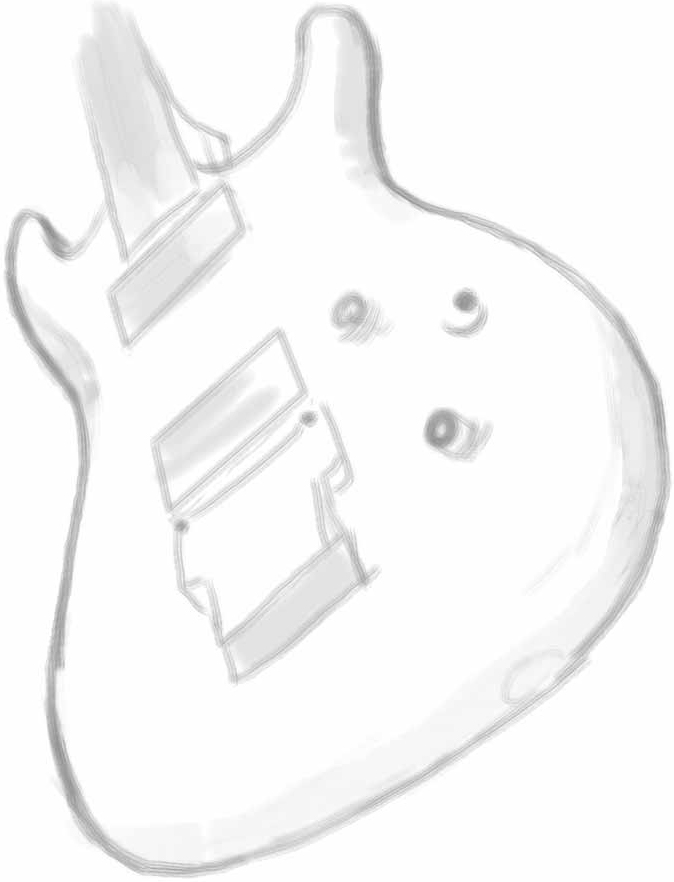I tend to get more productive when I’m feeling frustrated. Music’s a great way of taking negative emotions and sublimating them into something more positive.
I like instrumentals that have lyrics (I’m pretty certain that “Liberty” by Steve Vai is an example, and that’s a killer tune). The human voice is much more engaging to listen to than pretty much instrument, and phrasing a melody as if it’s sung helps a lot with making it more memorable. Having a lot of extra harmony parts in the background also helps.
